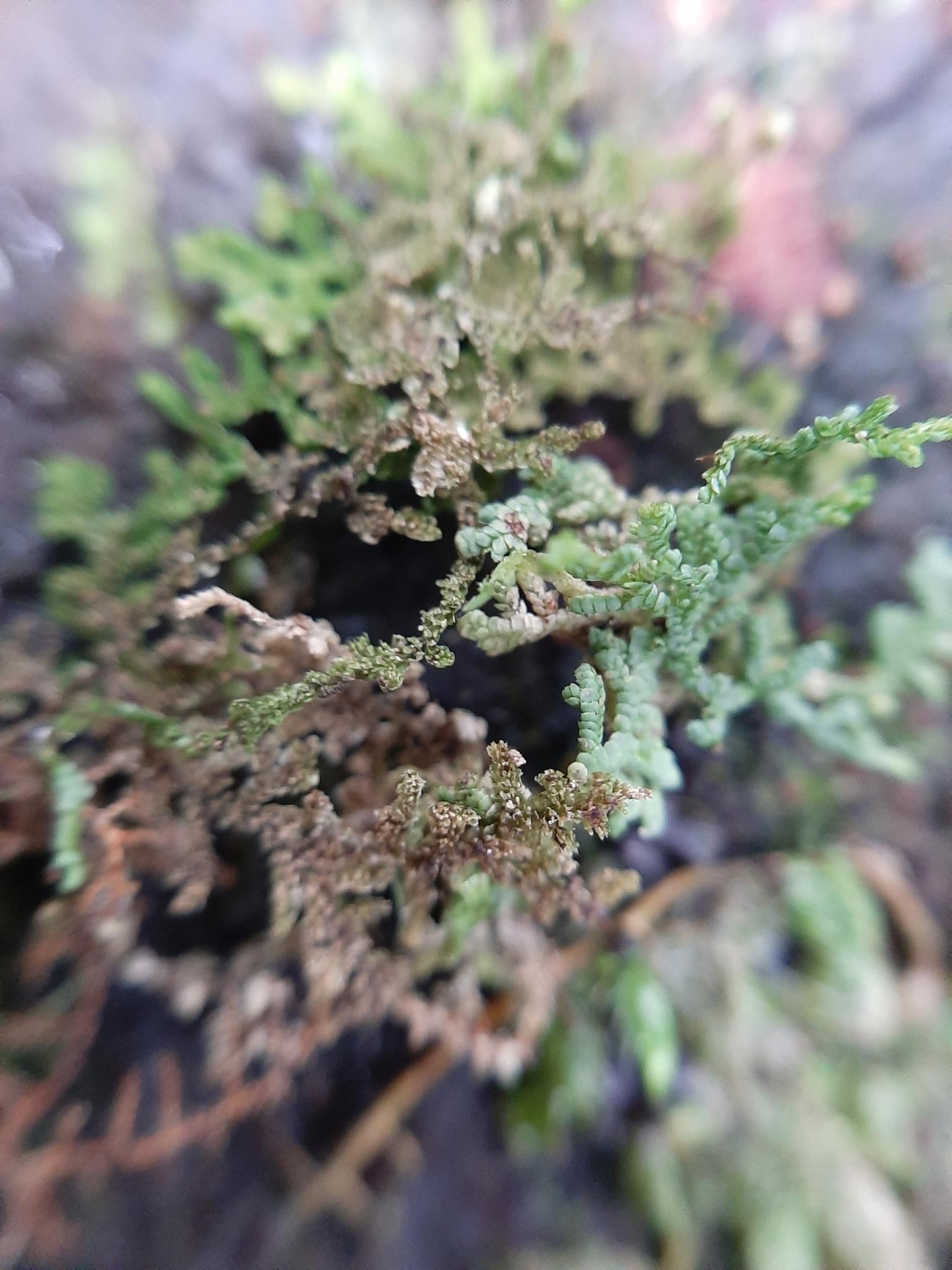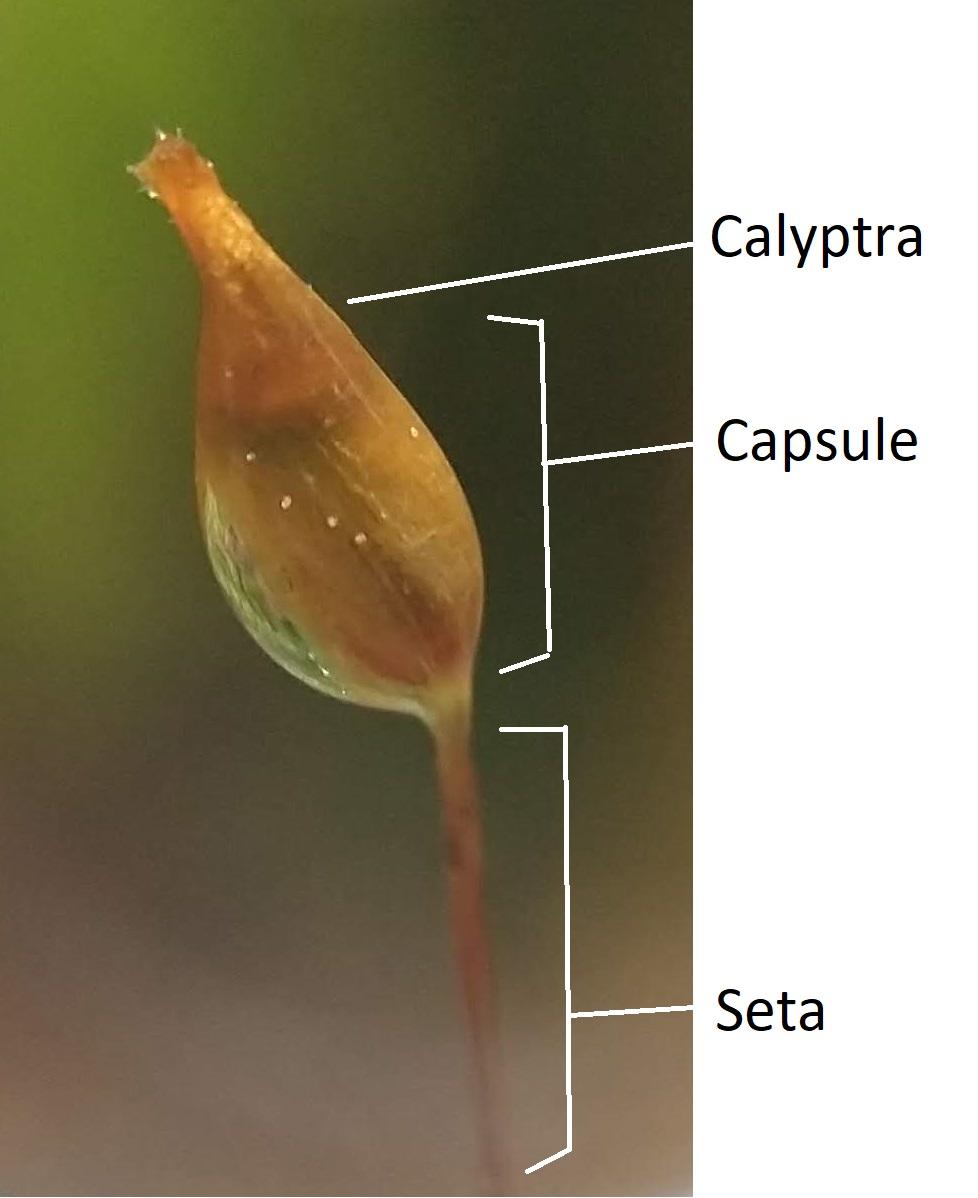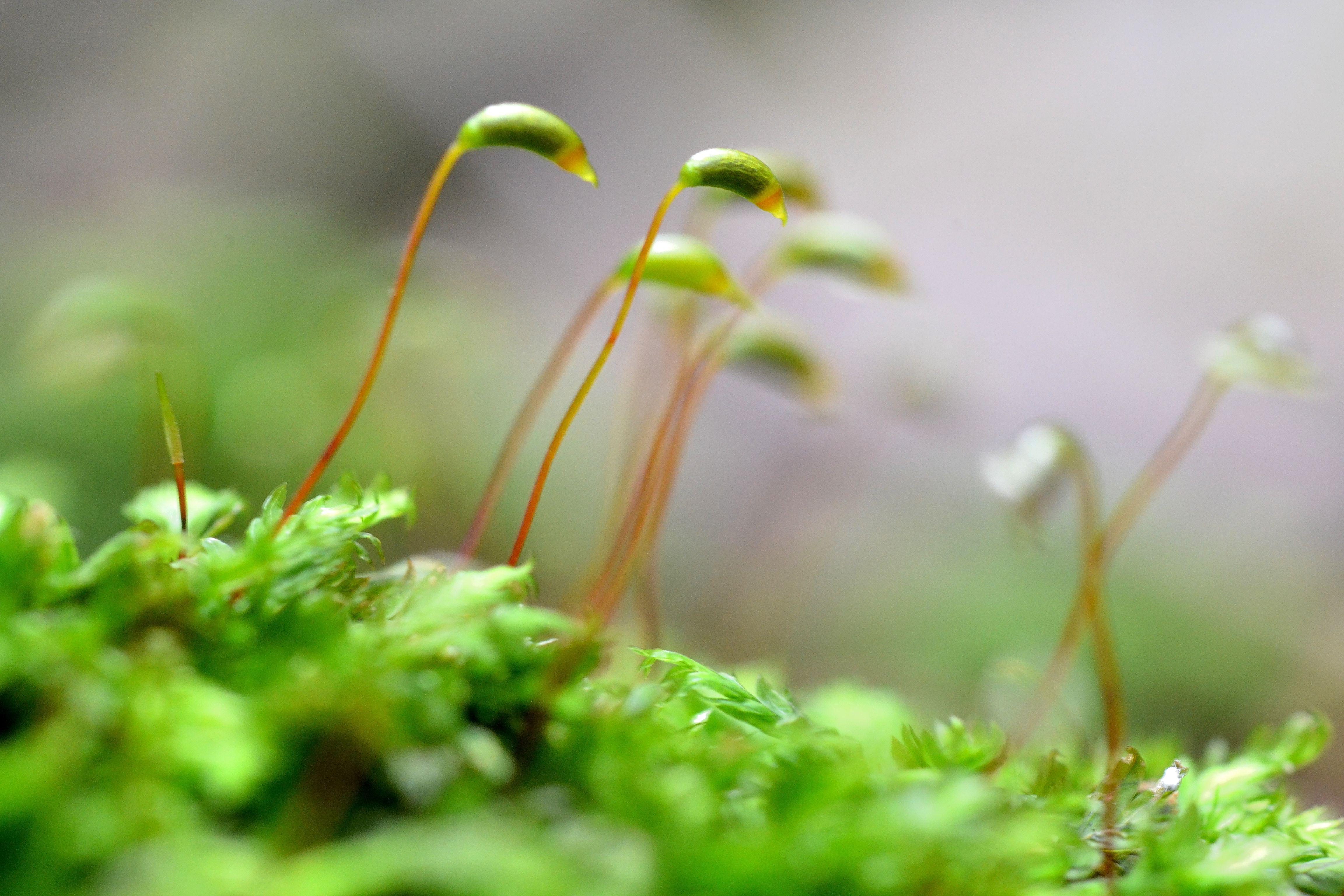
original.jpeg from: https://www.gbif.org/es/species/2682901
Mniomalia viridis: The Vibrant Green Moss of the Phyllodrepaniaceae Family
Introduction

mosses-bryophyte-rocks-characteristically-limited-size-prefer-moist-habitats-mosses-bryophyte-rocks-170232729.jpg from: https://www.dreamstime.com/mosses-bryophyte-rocks-characteristically-limited-size-prefer-moist-habitats-grow-up-rauny-season-mosses-image170232769
Mniomalia viridis (Mitt.) Müll.Hal., commonly known as Mniomalia, is a fascinating species of moss belonging to the Phyllodrepaniaceae

2640657378_9e619e41d5_b.jpg from: https://www.flickr.com/photos/12967142@N05/2640657378/
family. This tiny but mighty plant plays important ecological roles and boasts some remarkable adaptations. In this blog post, we’ll dive into the details of this vibrant green moss and explore what makes it so special.

16083595bb6b5297d4932aee5f359826.jpg from: https://openmuseum.tw/muse/digi_object/2355523fe7d6b11d4b7a8ac495911fd7

Moss_sporangium_calyptra.jpg from: https://bio.libretexts.org/Bookshelves/Botany/Book:_A_Photographic_Atlas_for_Botany_(Morrow)/05:_Bryophytes/5.03:_Mosses
Background
Mosses are small, non-vascular plants in the division Bryophyta. There are over 12,000 moss species found all around the world, from the Arctic to the tropics. Mosses lack true roots, stems, and leaves, instead having simple leaf-like structures called phyllids. They reproduce via spores rather than seeds and absorb water and nutrients directly through their phyllids.

moss_2.jpg from: https://mibellebiochemistry.com/fr/8-surprising-facts-about-moss
Morphology and Identification
Mniomalia viridis forms dense, bright green mats on its substrate. The individual phyllids are ovate to lanceolate in shape and have a distinct costa (midrib). The phyllid margins are entire (smooth). Capsules are produced on tall setae and are cylindrical and inclined to pendant.
The genus Mniomalia is characterized by its viridis phyllids with a sheathing base and double costa. It can be distinguished from the related genus Drepanophyllum by its symmetrical capsules (vs. curved in Drepanophyllum).
Global Distribution and Habitat
M. viridis has a wide distribution, being found in tropical regions of Central and South America, Africa, and Asia. It typically grows on tree trunks, branches, and logs in humid montane forests at elevations of 500-2500 m.
This species prefers shaded, moist habitats with high humidity and frequent cloud cover or mist. It is often found growing alongside other epiphytic bryophytes and lichens.
Ecological Roles and Adaptations
Like other mosses, Mniomalia viridis plays several important roles in its ecosystem:
- Moisture retention: The dense mats help trap and retain moisture, reducing evaporation from the substrate.
- Nutrient cycling: It absorbs nutrients from the air and rain and eventually releases them back to the ecosystem when it decomposes.
- Microhabitat creation: The mats provide shelter and habitat for various micro-organisms and invertebrates.
- Substrate stabilization: By covering branches and trunks, it helps protect against erosion and damage.
M. viridis has several adaptations that allow it to thrive in its humid forest habitat:
- Its viridis coloration comes from abundant chlorophyll, enabling it to photosynthesize efficiently in low light.
- The sheathing phyllid bases help channel water down to the base of the plant.
- The thick, dense mats help maintain consistent moisture levels.
Conclusion
Mniomalia viridis may be small, but it is a crucial component of its tropical montane forest ecosystems. From nutrient cycling to microhabitat creation, this vibrant green moss performs many ecological roles. Its unique adaptations allow it to flourish in the cool, misty forests it calls home.
Next time you’re walking through a tropical cloud forest, take a closer look at the tree trunks and branches – you may just spot the bright green mats of Mniomalia viridis working their mossy magic! What other secrets of the forest floor are waiting to be uncovered?